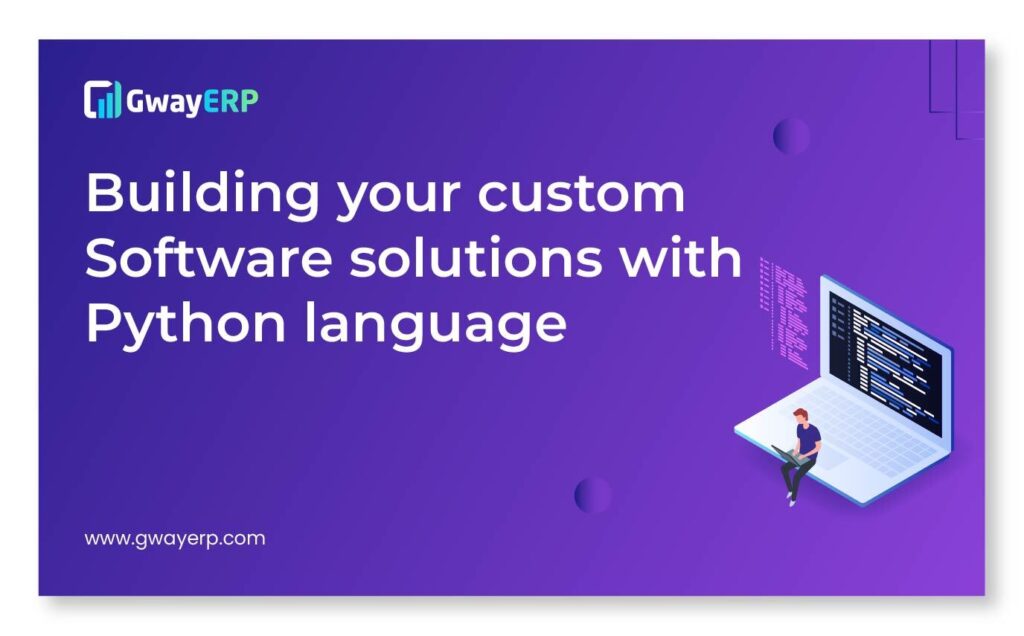
On-Page SEO:
* On-page SEO is the optimization methods and tactics used specifically on a website’s pages to raise its search engine rankings and visibility.
Top 10 Importance OF On-page SEO in Digital Marketing:
1. Keyword Research:
* The act of finding the precise words and phrases that people use while looking for information, goods, or services on search engines is known as keyword research. It is an important aspect of search engine optimization (SEO) and helps website owners and marketers understand the language and topics their target audience uses.
* Identify relevant words and phrases that people will probably type into a search engine when seeking for information about your website. To locate high-volume, low-competition keywords, use keyword research tools.
Here are some steps involved in keyword research:
* Define your goals: Determine the purpose of your keyword research. Clarifying your goals will help you focus on relevant keywords.
* Brainstorm topics: Start by brainstorming broad topics related to your business, industry, or niche. Think about what your target audience might search for when looking for information related to your offerings.
* Use keyword research tools: Use tools like Google Keyword Planner, SEMrush, Ahrefs, or Moz’s Keyword Explorer for keyword research. These tools provide data on search volume, competition, and related keywords. Enter your brainstormed topics or seed keywords into these tools to generate a list of potential keywords.
* Analyze keyword metrics: Review the data provided by the keyword research tools to evaluate the potential of each keyword. Look for keywords with a high search volume, low competition, and relevance to your business. Consider long-tail keywords (phrases containing multiple words) as they tend to be more specific and have a higher chance of conversion.
2. Title Tags:
* Each page should have a unique and descriptive title tag that includes the primary keyword. Keep it within 60 characters to ensure it displays properly in search engine results.
* An HTML element called the title tag is used to specify a webpage’s title. It is displayed on the browser’s title bar or tab, and it also appears as the clickable headline in search engine results pages (SERPs).
* In addition to its SEO value, the title tag also serves as a crucial element for user experience. It helps users quickly identify the content they’re looking for when browsing multiple tabs or bookmarking pages.
3. Meta Description:
* Write compelling meta descriptions that summarize the content of each page. Although meta descriptions don’t directly impact rankings, they can influence click-through rates from search engine results pages (SERPs).
* A meta description refers to a short HTML attribute that provides a concise summary or preview of the content of a web page. It is typically displayed in search engine results pages (SERPs) as a snippet below the page title and URL.
4. Heading Tags:
* Properly structure your content using heading tags (H1, H2, H3, etc.) to indicate the hierarchy and importance of different sections. Use relevant keywords in your headings to signal the topic of the content.
* Heading tags are HTML elements used to define the headings or titles of sections within a web page. They provide structure and hierarchy to the content, allowing both users and search engines to understand the organization and importance of different sections.
* In HTML, there are six levels of heading tags, from <h1> to <h6>, with <h1> being the highest level and <h6> the lowest.
5. URL Structure:
* Create clean and descriptive URLs that include relevant keywords. A well-structured URL makes a website more accessible to users and aids search engines in comprehending the page’s context.
* The term “URL structure” describes how a Uniform Resource Locator (URL), the address used to find information on the internet, is organized and formatted. The URL structure is composed of various components that help identify the specific webpage or resource and its location within a website.
* Both consumers and search engines should be able to easily read and comprehend a well-structured URL. It should ideally include relevant keywords, reflect the website’s hierarchy, and be human-readable. A clear URL structure can improve the overall user experience, help search engines index and rank the website’s pages more effectively, and make it easier to share and link to specific resources.
6. Content Optimization:
* Produce original, valuable material that is of the highest calibre and relevance to your audience. Incorporate target keywords naturally into the content, headings, and meta tags. Several techniques can be employed for image optimization, including:
* Compression: By eliminating extra data and compressing the image data, one can shrink the file size of an image. There are lossless and lossy compression methods, with lossy compression providing higher levels of compression but potentially sacrificing some image quality.
* Resizing: Scaling down the dimensions of an image to match the required display size can significantly reduce its file size. This is particularly important when displaying images on smaller screens or mobile devices.
* Format selection: Choosing the right image format can contribute to optimization. JPEG, PNG, and GIF are popular formats that each have their own advantages and ideal applications. For example, JPEG is suitable for photographs, while PNG is ideal for images with transparency.
7. Image Optimization:
* Optimize images by reducing file size, using descriptive file names, and adding alt tags. Alt tags provide text descriptions that help search engines understand the content of the image.
* The technique of lowering the file size and enhancing the quality of photos on websites or other digital platforms is known as image optimization. It involves various techniques and strategies aimed at reducing the file size of an image without significantly compromising its visual quality.
8. Internal Linking:
* Internal linking helps search engines discover and navigate your site, improving the overall crawlability and indexing of your pages.
* Internal linking refers to the practice of linking web pages or content within the same website. It involves creating hyperlinks that connect one page to another page on the same domain.
9. User Experience (UX):
* Internal linking refers to the practice of linking web pages or content within the same website. It involves creating hyperlinks that connect one page to another page on the same domain. These links, which can be text- or image-based, are frequently included to the body of web pages.
* Ensure that website is user-friendly, simple to use, and loads rapidly. A positive user experience can indirectly impact search engine rankings, as search engines prioritize sites that provide a good user experience.
10. Mobile optimization:
* Mobile optimization typically involves various techniques and practices, including:
* Responsive design: Creating a flexible and adaptable design that adjusts seamlessly to different screen sizes and orientations. This ensures that content remains readable and accessible across a range of mobile devices.
* Fast loading times: enhancing the website’s or app’s functionality to load more rapidly on mobile devices, as these consumers frequently have poorer internet connections than desktop ones. This involves minimizing file sizes, optimizing code, and leveraging caching techniques.
* Touch-friendly interfaces: designing user interfaces that work well with touch inputs like pinching, swiping, and touching. Elements like buttons, menus, and forms should be appropriately sized and spaced for comfortable interaction on touchscreens.
* Simplified navigation: Streamlining the navigation structure and menus to accommodate smaller screens and limited space. Mobile-optimized websites often use collapsible menus, hamburger icons, or prioritized content to improve usability.

